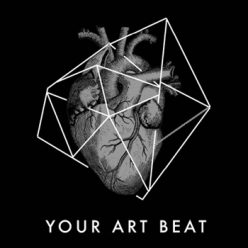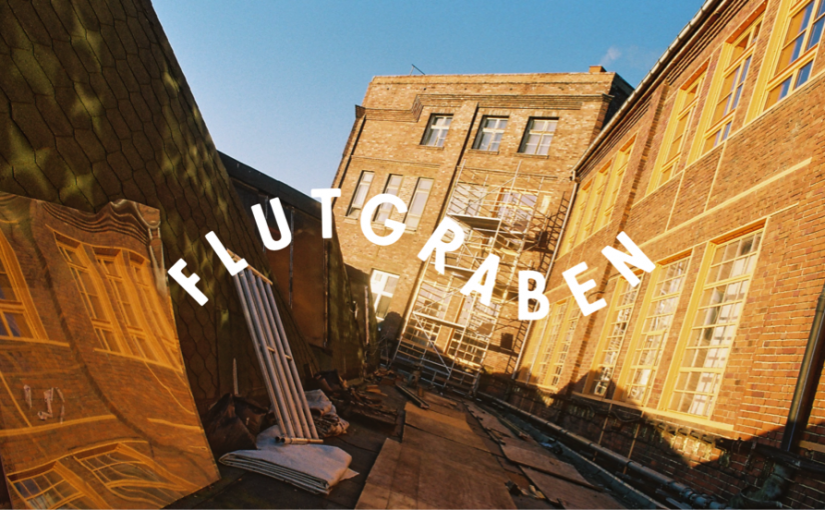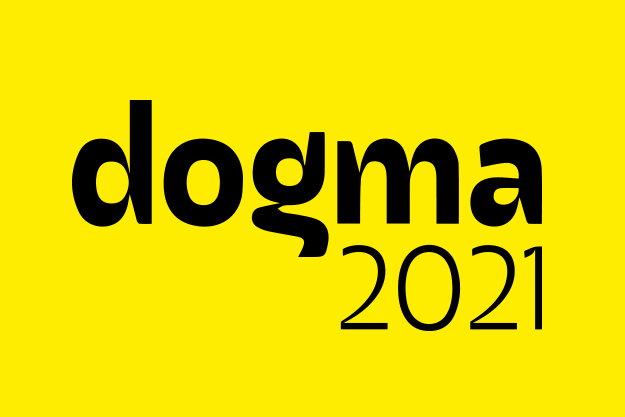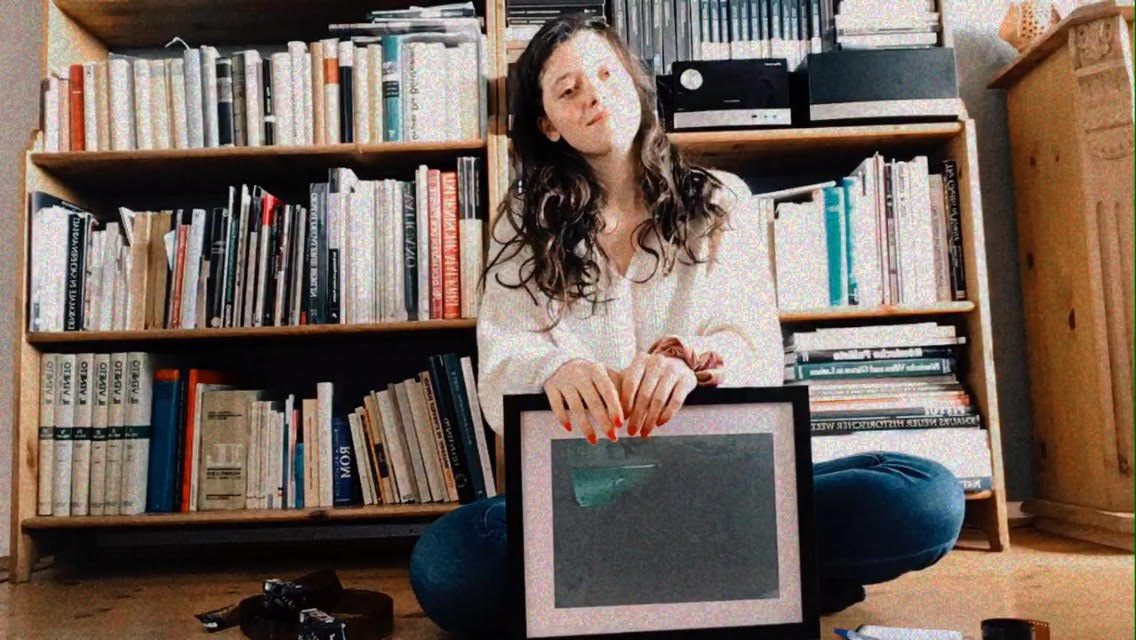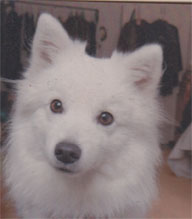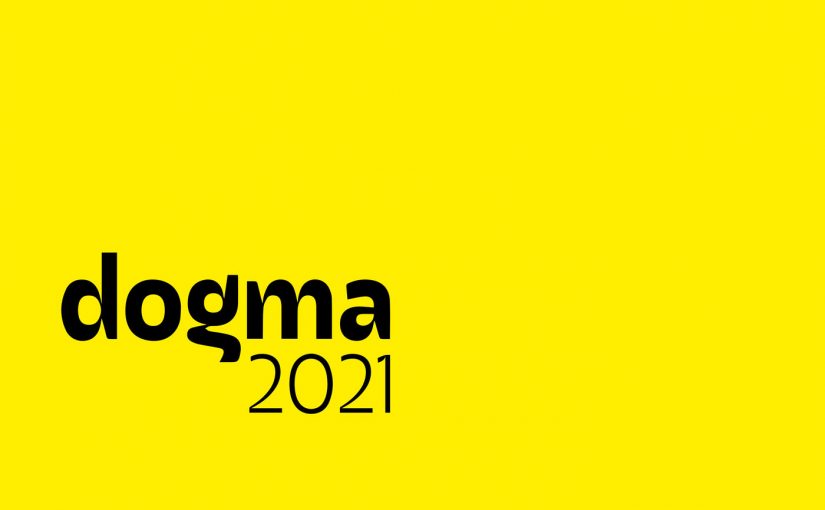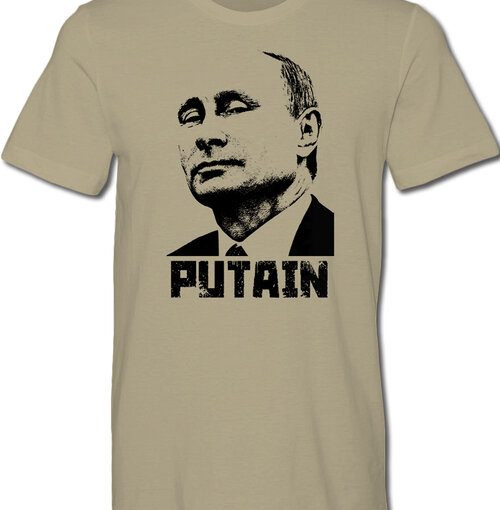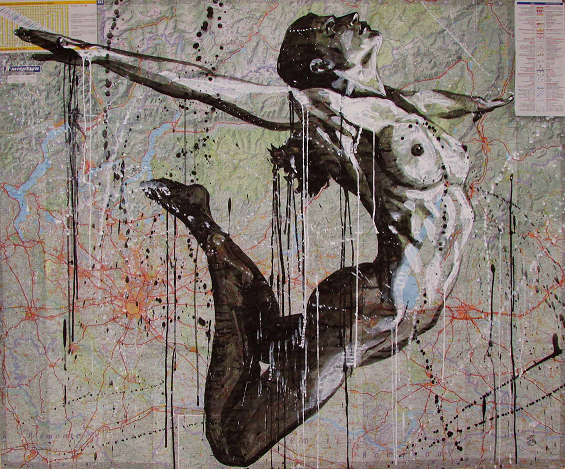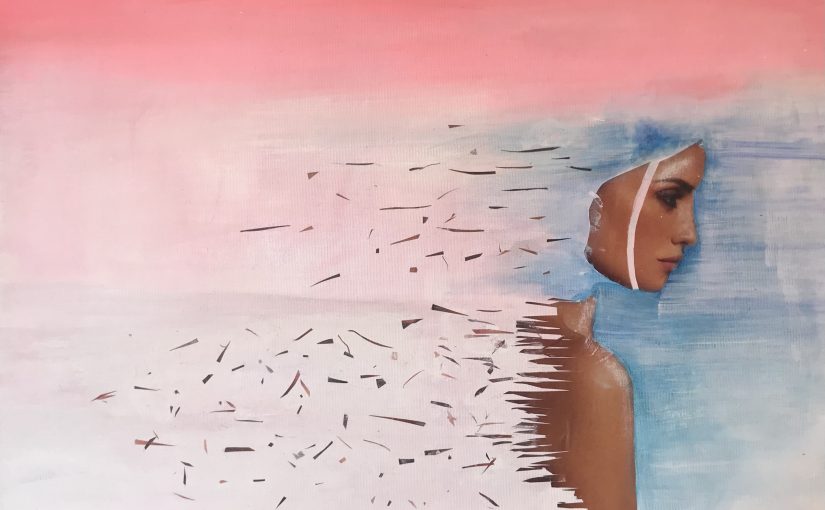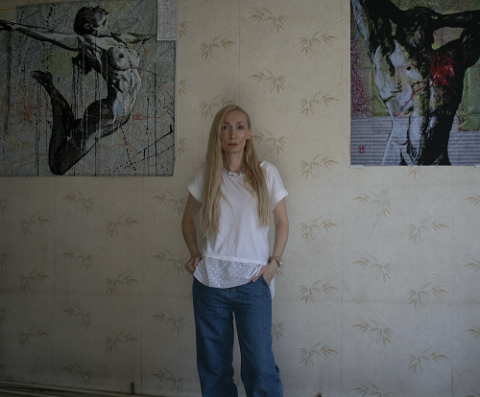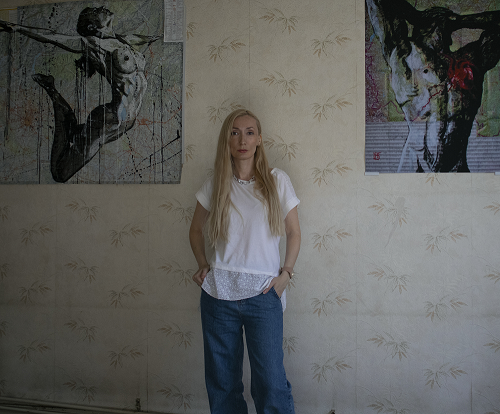🎨While we live in a digital age, can art truly be replicated digitally? We believe that the answer is a resounding no. Artificial intelligence lacks the essence of place and genuine emotions. It’s human-created art that projects the future, infused with the emotions of its origins.
🌍Over a dozen talented German and international artists are here to illustrate this point. They bring their unique personalities, life experiences, and artistic creations to the table:
Elizaveta Bogachova / Aliette Bretel / Kim Dotty Hachmann / Peter Hintz /
Selma Köran / Emad Korkis / Yvonne Michalik & Oskar Yves Atahr / Lita Poliakova / Dryden Roesch / Ai Sato / Sanni Welker.
Their presence resonates with the evolving needs of our society. As we strive for sustainability, we’re also nurturing our emotional intelligence – an invaluable facet of human development.
📆Mark your calender and be part of this momentous event! Join us from August 24 to 27, 2023 at Flutgraben, Berlin, Am Flutgraben 3, for exciting art, music, drinks, and snacks.
Opening on August 24, 2023, 7 pm
Fr & Sa 6-11 pm, So 4-7 pm
Musicians:
Wollkenpiano, Klavierkonzert (Do)
Kati Thiemer, Vocals (Do)
Sigi Sonic, Smooth Techno (Fr)
Askondo, Techno (Fr)
Delazoe, Reggae/Hiphop/Funk/Soul (Sa)
Bagherra, Melodic House/Techno (Sa)
ghostgate (Sa)
